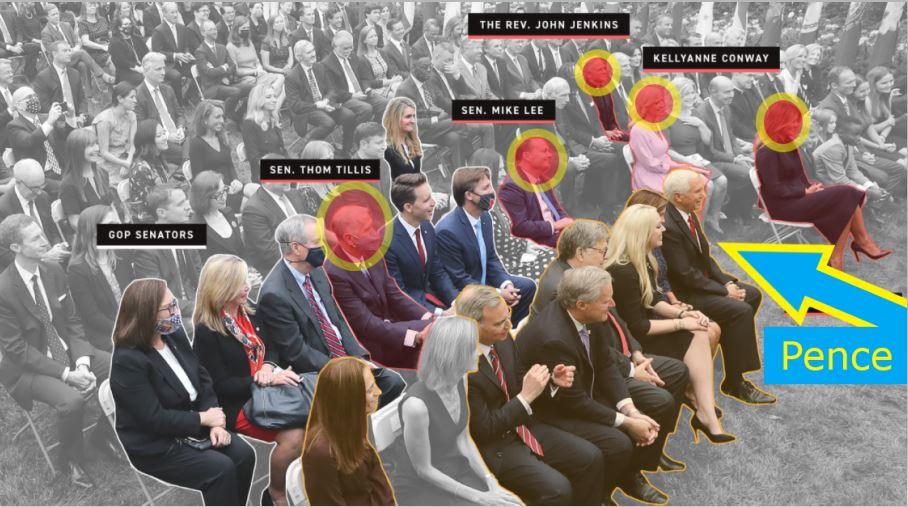Jordan Pearson
motherboard.vice.com
April 28, 2014
Police departments in New York City may soon be using geo-tagged tweets to predict crime. It sounds like a far-fetched sci-fi scenario a la Minority Report, but when I contacted Dr. Matthew Greber, the University of Virginia researcher behind the technology, he explained that the system is far more mathematical than metaphysical.
The system Greber has devised is an amalgam of both old and new techniques. Currently, many police departments target hot spots for criminal activity based on actual occurrences of crime. This approach, called kernel density estimation (KDE), involves pairing a historical crime record with a geographic location and using a probability function to calculate the possibility of future crimes occurring in that area. While KDE is a serviceable approach to anticipating crime, it pales in comparison to the dynamism of Twitter’s real-time data stream, according to Dr. Gerber’s research paper “Predicting Crime Using Twitter and Kernel Density Estimation”.
Dr. Greber’s approach is similar to KDE, but deals in the ethereal realm of data and language, not paperwork. The system involves mapping the Twitter environment; much like how police currently map the physical environment with KDE. The big difference is that Greber is looking at what people are talking about in real time, as well as what they do after the fact, and seeing how well they match up. The algorithms look for certain language that is likely to indicate the imminent occurrence of a crime in the area, Greber says. “We might observe people talking about going out, getting drunk, going to bars, sporting events, and so on—we know that these sort of events correlate with crime, and that’s what the models are picking up on.”
Read more
The Emergency Election Sale is now live! Get 30% to 60% off our most popular products today!



